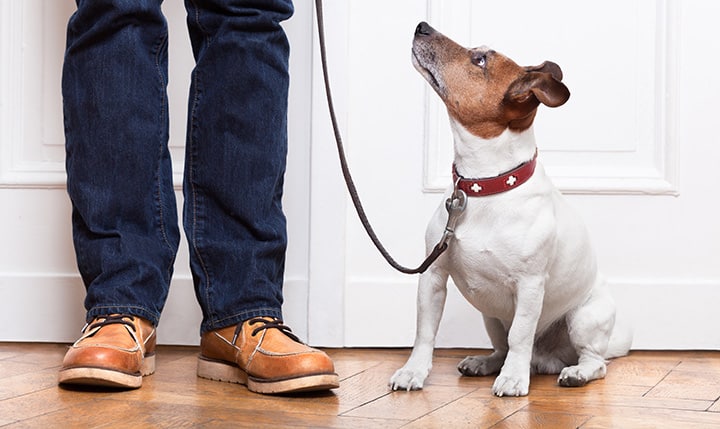10 Things to Remember When Choosing a Dog Training Collar
I have spent time with dogs that are a little fluffy parcel sent from heaven and dogs that are a fiery furrball from hell. Adopting a rescue dog from the streets is an amazing experience and some of the sweetest […]
10 Things to Remember When Choosing a Dog Training Collar Read Post




